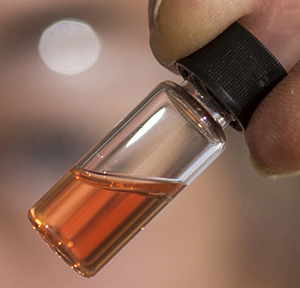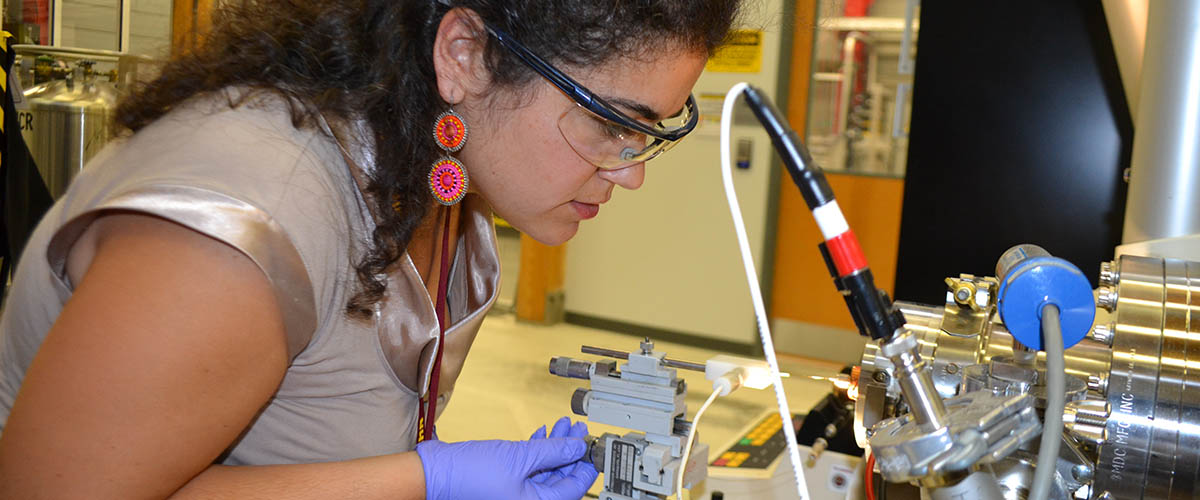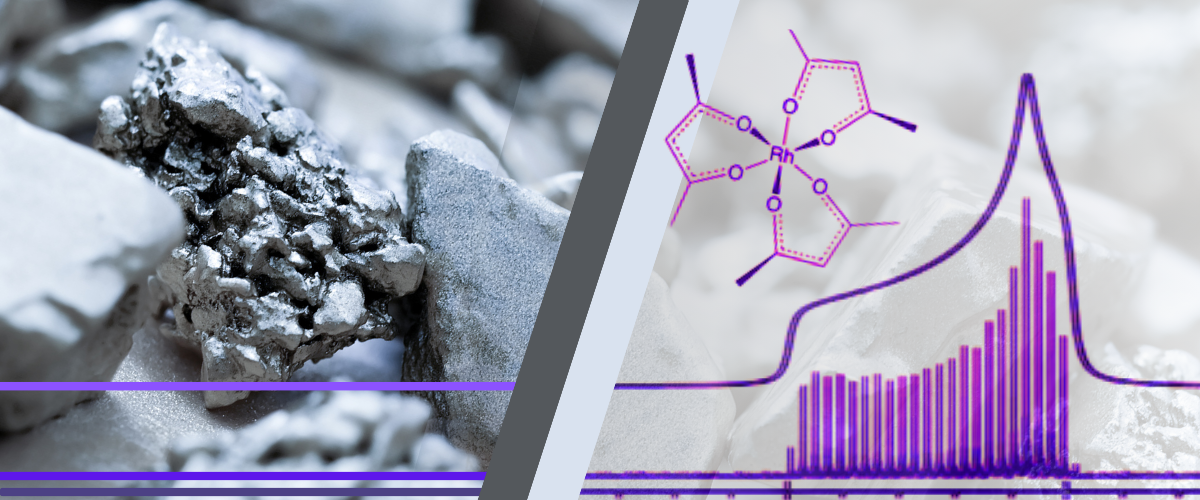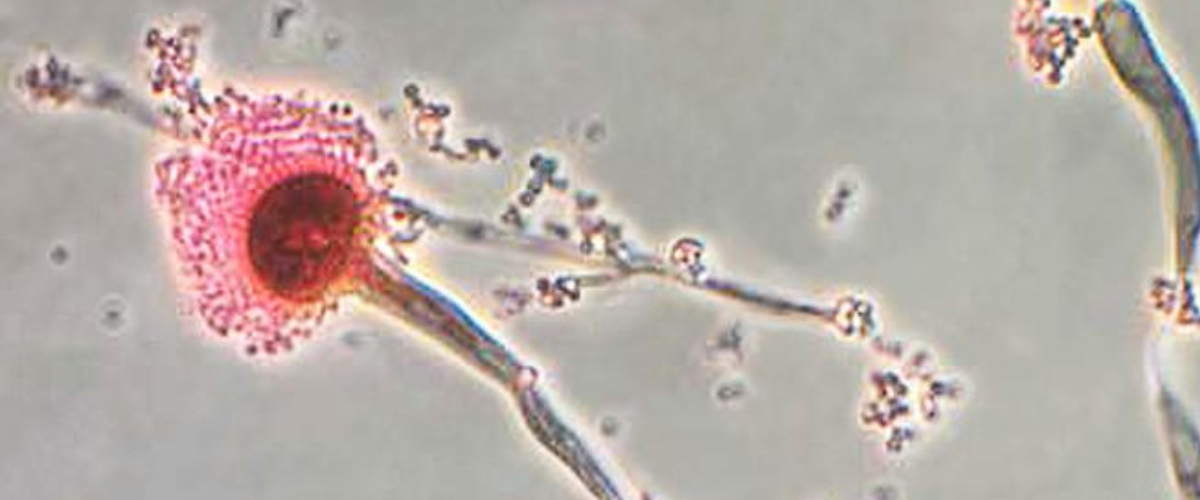Contact: Amy McKenna
TALLAHASSEE, Fla. — In research conducted in part in the National MagLab, scientists have discovered the oldest colors in the geological record, 1.1 billion-year-old bright pink pigments extracted from rocks deep beneath the Sahara desert in Africa. The findings were published this week in PNAS.
Nur Gueneli, a paleobiogeochemist at Australian National University (ANU) and lead author on the study, said the pigments taken from marine black shales of the Taoudeni Basin in Mauritania, West Africa, were more than half a billion years older than previous pigment discoveries. Gueneli, who discovered the molecules as part of her Ph.D. studies, analyzed them in 2015 using the powerful ion cyclotron resonance (ICR) magnets at the National MagLab.

A vial of pink colored porphyrins representing the oldest intact pigments in the world.
Image credit: The Australian National University
"The bright pink pigments are the molecular fossils of chlorophyll that were produced by ancient photosynthetic organisms inhabiting an ancient ocean that has long since vanished," said Gueneli from the ANU Research School of Earth Sciences. The fossils range from blood red to deep purple in their concentrated form, and bright pink when diluted.
The researchers crushed the billion-year-old rocks to powder, before extracting and analyzing molecules of ancient organisms from them. With the help of experts at the MagLab, Gueneli identified the pigment molecules, called porphyrins, from among the abundance of other molecules they were discovered with, using one of the MagLab's 9.4-tesla ICR magnets.
"We were able to identify these particular compounds — the colored pigment porphyrins — from the tens of thousands of other compounds present in this shale oil," explained MagLab chemist Amy McKenna, a co-author on the study, "and provide structural characterization that was used to determine the type of microorganism that it came from (its fossil)." After hearing McKenna give a talk on porphyrins at a conference several years ago, Gueneli approached her about studying her samples at the MagLab. The MagLab's unique instrumentation gave Gueneli a much closer look at the molecules than conventional laboratory tools.
"The precise analysis of the ancient pigments confirmed that tiny cyanobacteria dominated the base of the food chain in the oceans a billion years ago, which helps to explain why animals did not exist at the time," Dr Gueneli said.
Senior lead researcher Associate Professor Jochen Brocks from ANU said that the emergence of large, active organisms was likely to have been restrained by a limited supply of larger food particles, such as algae.
"Algae, although still microscopic, are a thousand times larger in volume than cyanobacteria, and are a much richer food source," said Dr Brocks from the ANU Research School of Earth Sciences.
"The cyanobacterial oceans started to vanish about 650 million years ago, when algae began to rapidly spread to provide the burst of energy needed for the evolution of complex ecosystems, where large animals, including humans, could thrive on Earth."
News courtesy of Australian National University






